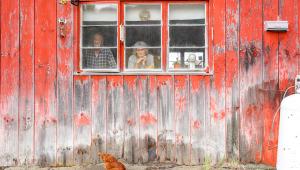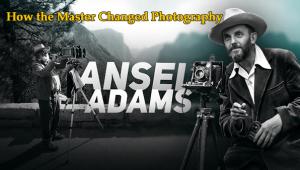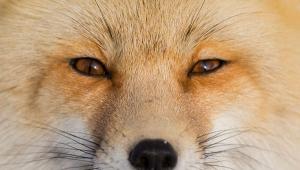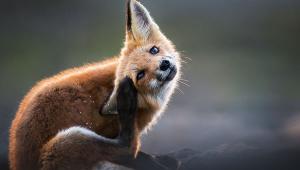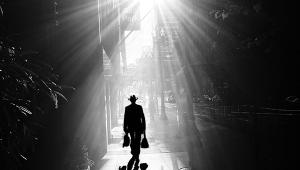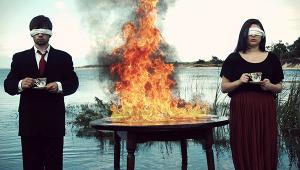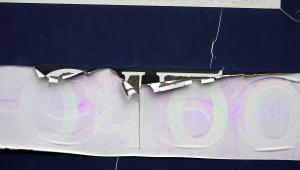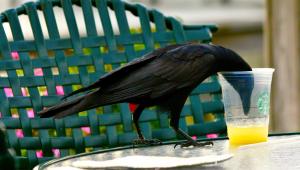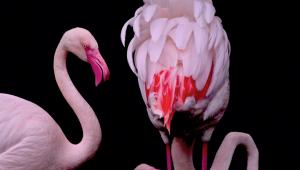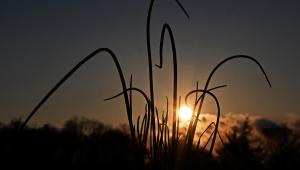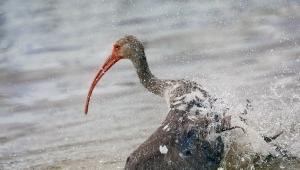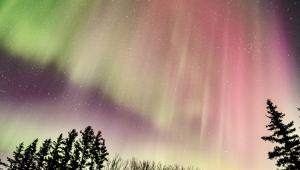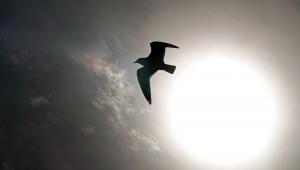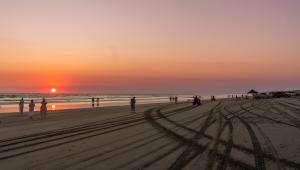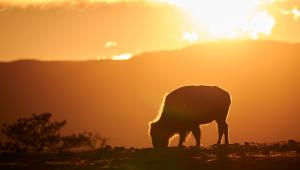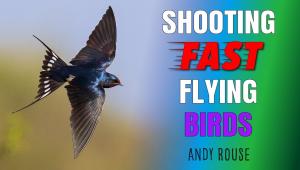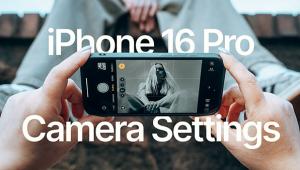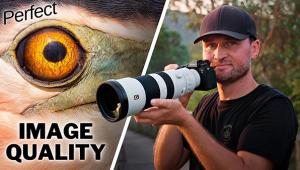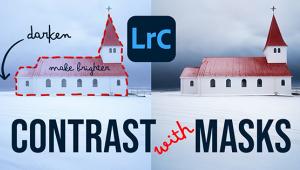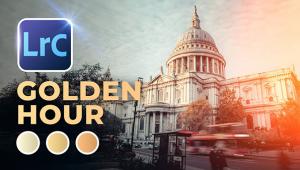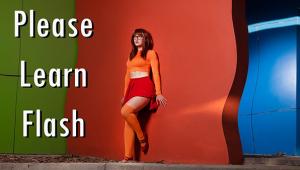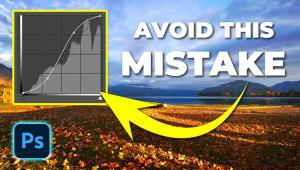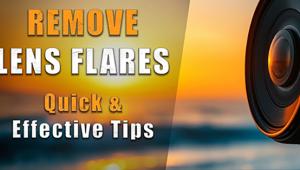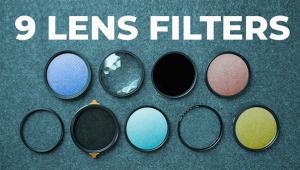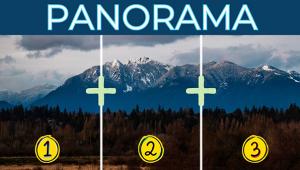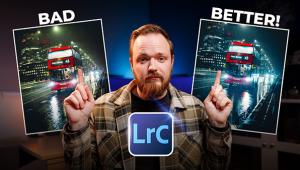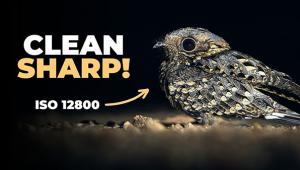The Photography Of Dennis Welsh: Lifestyle In Motion
“Whether the client is advertising a travel destination or a product, such as clothing or sports apparel, I strive to set up the shoot with talent that’s the best fit for the ad,” lifestyle photographer Dennis Welsh proclaims. “That’s what makes the shot and the client’s message believable. That’s what sells it to potential customers. For instance, if I’m shooting for a ski company or a ski resort, I want to find skiers who can easily do what I want them to do. That conveys a sense of truth and honesty. If you start with skiers who are not convincing, you start with a deficit. In that case, you have to do the best you can with what you’ve got. If I’ve got great talent and a great location, a lot of things are already working in my favor.”

The outdoor apparel was the message in this ad. “I wanted to come up with an image that looked like these were clothes the guy actually wore, so I washed them several times. As we were heading back to the dock, the model directed my attention to the sky behind me. So we spun the boat around several times, while I continued shooting, disregarding the water spray that kept hitting me and the camera (Canon 1D Mark IV with 17mm lens). The expression on the model’s face reflects the fun he was having.” (Art Director: Bruce Brosnan.)
All Photos © Dennis Welsh
So how does Dennis Welsh find talent? “If I’m looking for lifestyle models, we’ll typically work with agencies. If we’re specifically looking for athletes, we’ll turn to agencies specializing in that type of talent, or I’ll draw on people I know who can recommend the kind of talent we need.”
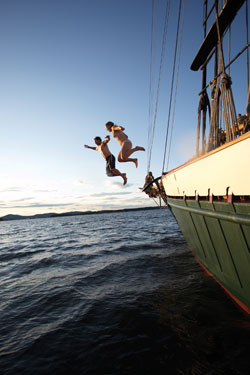
This image was shot off the coast of Maine for a travel piece on what it’s like to cruise on a genuine old schooner. “This shot was fun to create, because I mounted a Canon with 14mm lens to an old monopod, and then hung over the side of the boat with this rig, with the camera nearly hitting the water.” Because of the frigid water conditions, they could only do one take. Dennis Welsh enlisted one of the guests to fire the remote motor-driven camera on his signal, just prior to the start of the dive. (Photo Editor: Karen Cetinkaya.)
Finding Locations
The client may suggest a theme or even a general locale, then leave it to Welsh to suggest a specific setting. Welsh will then hire a location scout who specializes in the area or the lifestyle the shoot focuses on.
For example, one client once asked him to shoot whitewater rafting—in the middle of winter. There was no place that would work in the continental United States. Considerable digging pointed Welsh toward Costa Rica. Location scouts and local rafting guides in that Central American paradise helped nail the location, and his whitewater photography experience brought him the rest of the way. The client justified the expense by adding two other shots of different subjects while there.
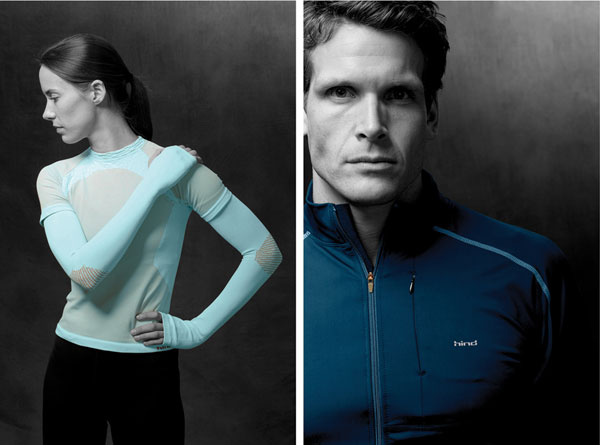
“Each year this client wants to make a different statement with the pictures, this time mixing outdoor settings with studio shots, the latter focusing more attention on the product. In post, we drew the color out of everything except the clothing.” The lighting Welsh used was Profoto, with a beauty dish to illuminate the face. There were also a pair of strobes on the background. The camera gear involved a Phase One P 45+ back attached to a Contax body and a Zeiss 150mm lens. (Art Director: Karin Fox.)
“If we’re trying to sell a certain setting to a consumer sitting comfortably at home but surrounded by dreary weather, we need everything about this setting we’re showing him to be perfect,” Welsh emphasizes.
“If it doesn’t look right, it’s not going to be right for the shot, the client, the consumer.”

This image was shot for a story on survivalists, on location. “Because of the gritty nature of these guys’ lives, I wanted to approach it differently, shooting black and white, with an old Graflex.” With generator and Dynalite pack in hand, Welsh lit his face with a bare head for a hard light. He later scanned the film and retouched the digital image to give the shot an even grittier feel. (Photo Editor: Justin Appenzeller.)
Origins
Dennis Welsh didn’t start out to be a photographer. While attending a slide presentation at St. Lawrence University in upstate New York, he became enamored of the work presented by photographer John Kelly. “I picked up my first camera when I was a kid, but really got into photography as a result of that experience. For me, a camera is a tool. I’ve had a lot of cameras over the years, but I’ve had no issues with letting them go when they can no longer produce the results I need. For me, if a camera is not making money, it’s almost not worth having.”
When he graduated, he moved to Portland, Maine, currently his primary base of operations, although he also spends time in Chicago.
“The first job that fell in my lap was a photo assistant to studio photographer Peter Macomber. I learned so much from him. He had major catalog clients, but, after three years, I realized I didn’t want to be a studio photographer. So I took my Nikon SLR and, at 25, hung a shingle on my own. I started with three lenses: a 50, 180, and 300 f/2.8.” Welsh then turned his attention to sports and outdoor adventure themes, and was soon contributing to national sports and outdoor publications.
How did he get these assignments? “I just picked up the phone and cold-called. I created a portfolio with images that were shot in my style, but which reflected what these publications were doing. And I was tenacious and kept checking in with people. There’s a lot of pounding the pavement.”
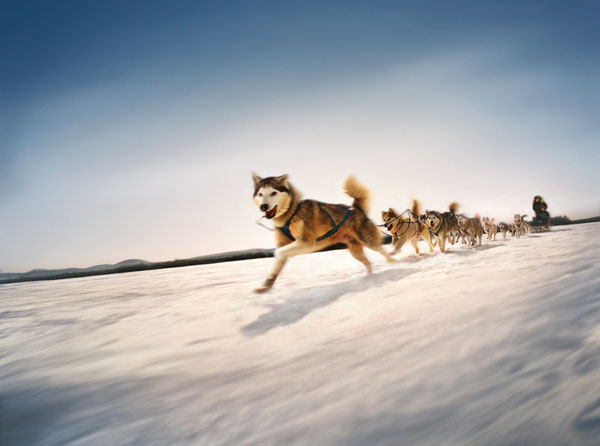
The huskies were certainly comfy with the weather, but acclimating to a stranger with a camera was another matter. “The musher and I devised a plan. She took off across this frozen lake in Maine. Reasoning that the dogs needed some speed so they would be less inclined to stop and notice me, she went way off, then came tearing back past me.” (Agency: Warren Kremer Paino; Creative Director: Kim Huelsman.)
Gear Of Choice
“The 35mm format was always in my repertoire,” Welsh declares, adding, “but I also shot on a Contax 645, Pentax 67, and Linhof 4x5.” En route to digital, Welsh eventually made the move to the Canon EOS-1. “And when I went digital, I switched to the 1Ds and 1D Mark II—one was my slow camera, the other my fast camera (in terms of continuous shooting frame rates). Now I own a couple of 1D X bodies.” He favors fixed focal length fast optics (f/1.2 and f/1.4, as applicable) in 35mm, 50mm, and 85mm lenses, plus the 15mm fisheye and 14mm f/2.8.
He rarely turns to his 300mm, noting, “I tend to get physically closer to my subjects these days.” He does own several f/2.8 zooms: 16-35mm, 24-70mm, and 70-200mm IS (but rarely uses the IS feature). Welsh also owns a Phase One IQ140. “I use it when I can shoot a little slower. And where AF is not that critical.” His medium format lenses range from 45mm to 150mm.
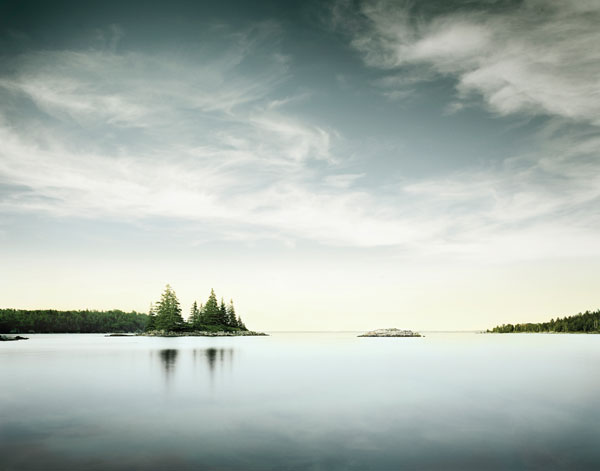
“If you walk out of this little old farmhouse toward the water, you are struck with an awe-inspiring view that demands to be photographed.” The location is North Haven Island, off the coast of Maine. Welsh shot this on negative film with a Linhof 4x5, then scanned the film and manipulated the digital image. The picture gained much notoriety and was used in numerous magazines and advertisements around the world.
Welsh typically shoots handheld with the Canon, and about half the time with the Phase One. Where needed a Gitzo tripod with Foba head come to his aid. He adds: “When I’m moving fast, I shoot to card and hand the card off to my digital tech, or drop it in my card wallet. When I shoot catalog, I shoot tethered.”
On the rare occasions when he shoots in the studio, he turns to Profoto for his lighting. But outdoors, “the look that I go for is as naturally lit as possible.” Toward that end, he may add an edge light with a Profoto Pro-7b battery-powered head when the weather is working against him. Or, more than likely, he’ll simply bounce light off a California Sunbounce or Westcott Scrim Jim reflector.

The tagline for the ad said this company helps clients navigate through rough waters—and the client wanted a river rafting shot—in December. Location scouting led to Costa Rica. “We scouted the river for a day with the raft guides to find the best spot to shoot from, which turned out to be just past a drop of several feet in the river. We filled two rafts with people we recruited locally, holding a third raft in reserve.” They repeated the procedure several times, with Welsh capturing the action on a Canon 1D Mark III and a 300mm lens. (Agency: HZDG; Art Director: Mike Palanza.)
Welsh not only shoots stills that convey a sense of motion, but video as well. For the latter he turns to a RED Scarlet camera.
To see more of Dennis Welsh’s work, visit www.denniswelsh.com.
- Log in or register to post comments



